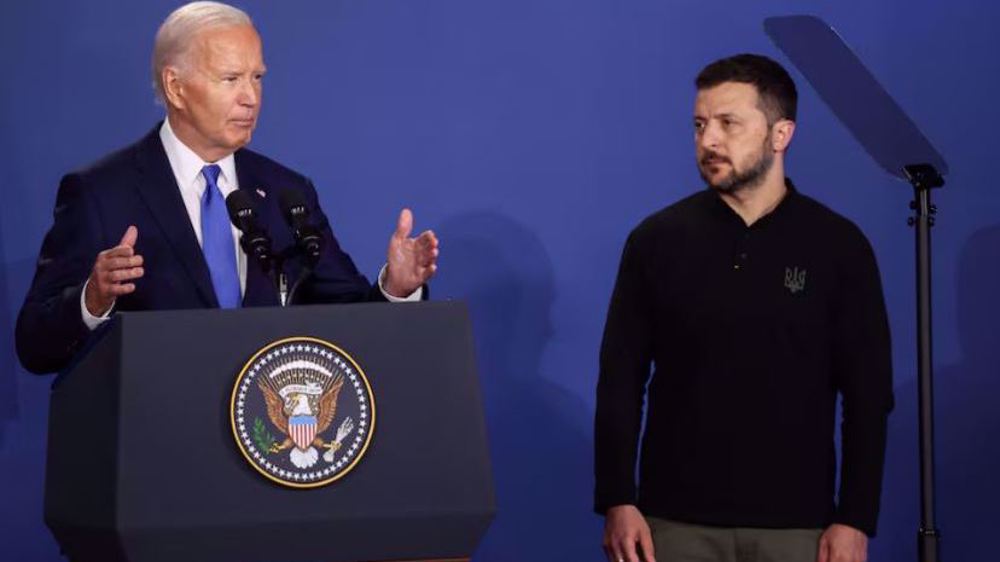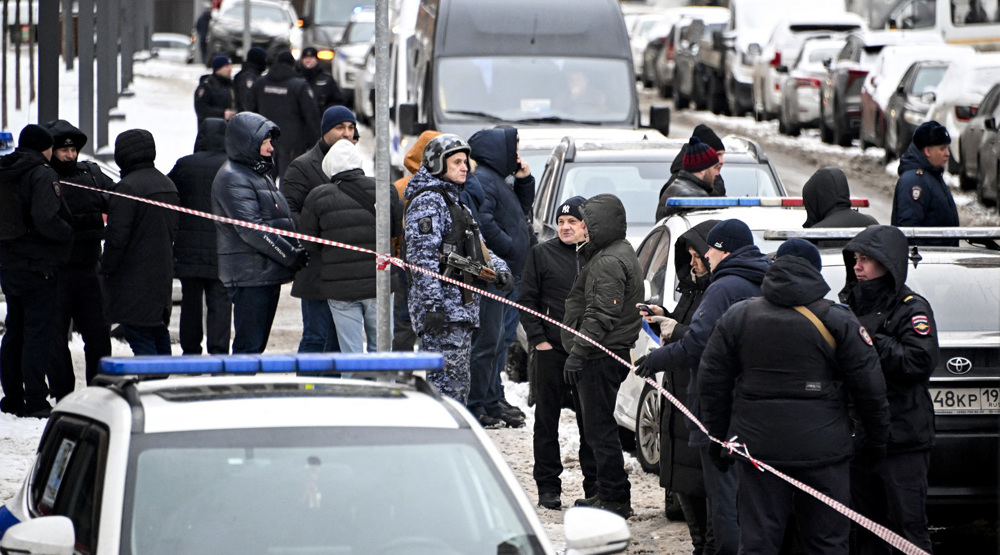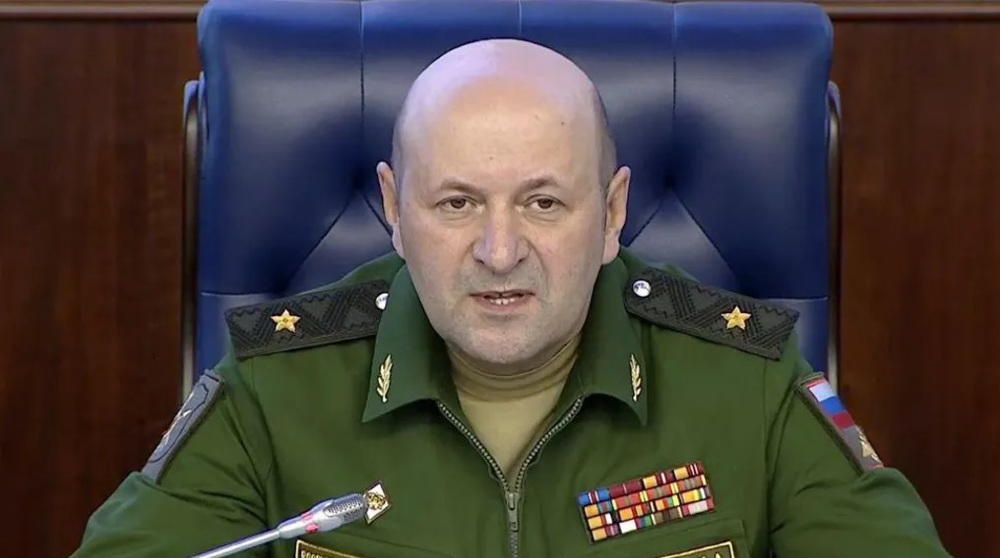Russia deploys Iskander nuclear-capable missiles to Kaliningrad: Report
Russia has reportedly deployed advanced nuclear-capable Iskander missiles to its westernmost region of Kaliningrad that borders the Baltic countries of Poland and Lithuania, in an apparent move to counter US military buildup in the region.
RIA Novosti news agency quoted Vladimir Shamanov, head of the Russian lower house of parliament's defense committee, as saying on Monday that Iskander missile systems had been sent to Kaliningrad, but did not say how many or for how long.
"Yes, they have been deployed," the agency quoted Shamanov as saying. "The deployment of foreign military infrastructure automatically falls onto the priority list for targeting."
Russia has previously deployed Iskander missiles to its Baltic enclave on a temporary basis for drills and as a response to the US military buildup near its western border.
The Iskander, a mobile ballistic missile system codenamed SS-26 Stone by NATO, has an operational range of up to 500 kilometers and can carry either conventional or nuclear warheads.
In a swift reaction to the Monday deployment, Lithuanian President Dalia Grybauskaite claimed that the missiles were being stationed for a "permanent presence," and accused Moscow of posing a danger to "half" of Europe's capitals.
Russia is wary of NATO’s expansion on its doorsteps where the US-led military alliance has deployed around 4,000 troops, including four battle groups, to Estonia, Lithuania, Latvia and Poland in recent years.
Realizing that security threat under its nose, Russia has held several military drills to maintain preparedness, with the NATO countries having then referred to those drills as signs that Russia has aggressive and not defensive intentions.
Moscow calls NATO’s military buildup at its doorstep a threat to its national security and accuses the alliance of fear-mongering to justify larger military expenditure by its member states.
Meanwhile, NATO -- largely made up of Western European countries -- accuses Russia of having a hand in a crisis in Ukraine, which Moscow denies.
Eastern Ukraine has been the site of a conflict since 2014, when the government in Kiev started a crackdown on pro-Russia protests in the country. Earlier that same year, the Crimean Peninsula, then Ukrainian territory, voted in a referendum to separate from Ukraine and join the Russian Federation. Western countries branded the subsequent unification as an “annexation” of the territory by Russia, and Ukraine soon confronted pro-Russia protests elsewhere — in its eastern Donbass region — with a heavy hand.
The crisis in the Donbass soon turned into an armed conflict, which has so far left over 10,000 people dead and more than a million others displaced. Western countries have blamed Russia.
VIDEO | Australians rally for Gaza ahead of Christmas festivities
VIDEO | Attacks on Sana'a
Iran reports further drop in annual inflation rate in December
Israel indicts two settlers over suspected spying for Hezbollah
Iran: US airstrikes on Yemen war crimes, violation of international law
Yemeni armed forces down F-18 fighter jet, repel US-UK attack: Spokesman
Iran warns against US-Israeli plot to weaken Muslims, dominate region
VIDEO | Public uproar in US against Israeli regime










 This makes it easy to access the Press TV website
This makes it easy to access the Press TV website